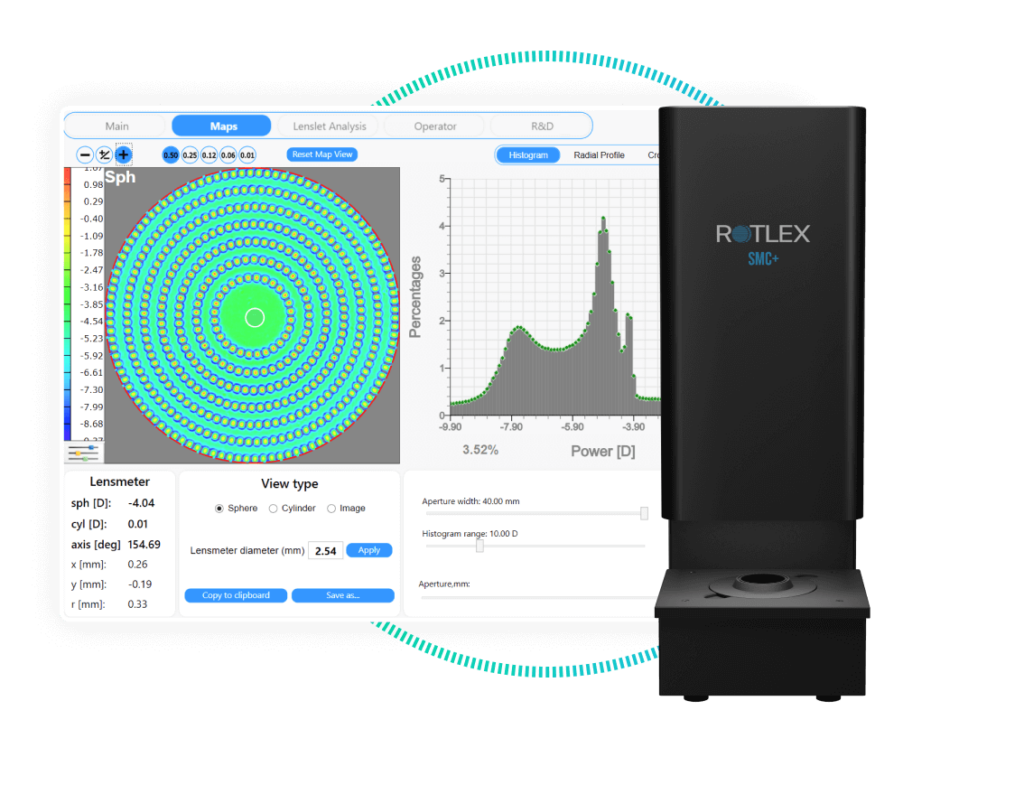In the rapidly evolving field of optical engineering, Moiré deflectometry stands out as a powerful tool for analyzing and improving myopia-control lenses. This technique, rooted in the intricate interplay of light and gratings, offers unparalleled precision in detecting and measuring optical properties. For engineers and scientists working in the field of optics, understanding this technology is crucial for driving innovation in vision correction solutions.
What is Moiré Deflectometry?
Moiré deflectometry is a method that leverages the Moiré effect, which occurs when two grids or gratings are overlaid, creating an interference pattern of light known as Moiré fringes. These fringes are highly sensitive to even the slightest changes in the orientation or spacing of the gratings, making them ideal for detecting minute variations in optical systems.
Applications in Myopia-Control Lenses
One of the most promising applications of Moiré deflectometry is in the development and quality control of myopia-control lenses. These lenses, designed to slow the progression of myopia (nearsightedness) in individuals, require precise measurement of their optical properties to ensure effectiveness.
Moiré deflectometry allows for the detailed mapping of these lenses, providing critical data on their optical power distribution, astigmatism, and other key parameters. The technique’s ability to detect subtle changes in the lens surface and curvature helps engineers fine-tune designs to achieve optimal performance.
Technical Insights
The working principle of Moiré deflectometry involves projecting light through a series of gratings and analyzing the resulting Moiré fringes. By adjusting the angle and spacing of the gratings, engineers can obtain detailed information about the optical properties of a lens. For instance:
- Sensitivity to Grating Changes: Small movements in the grating position result in significant shifts in the Moiré fringes, amplifying minor variations in the lens.
- Angle Dependence: The number of Moiré fringes is directly related to the angle between the gratings, allowing for precise control over the measurement process.
- Pitch Variations: Different grating pitches produce distinct Moiré patterns, which can be used to analyze complex lens designs.
Why It Matters
For engineers, the ability to accurately measure and analyze the optical characteristics of myopia-control lenses is vital. Moiré deflectometry provides a non-invasive, highly precise method for doing so, enabling the development of more effective lenses that can improve vision and quality of life for millions of people worldwide.
Conclusion
As optical technology continues to advance, the role of innovative measurement techniques like Moiré deflectometry will only grow in importance. By understanding and utilizing this technology, engineers can contribute to the creation of next-generation vision correction solutions, driving the field forward and making a real impact on global eye health.






